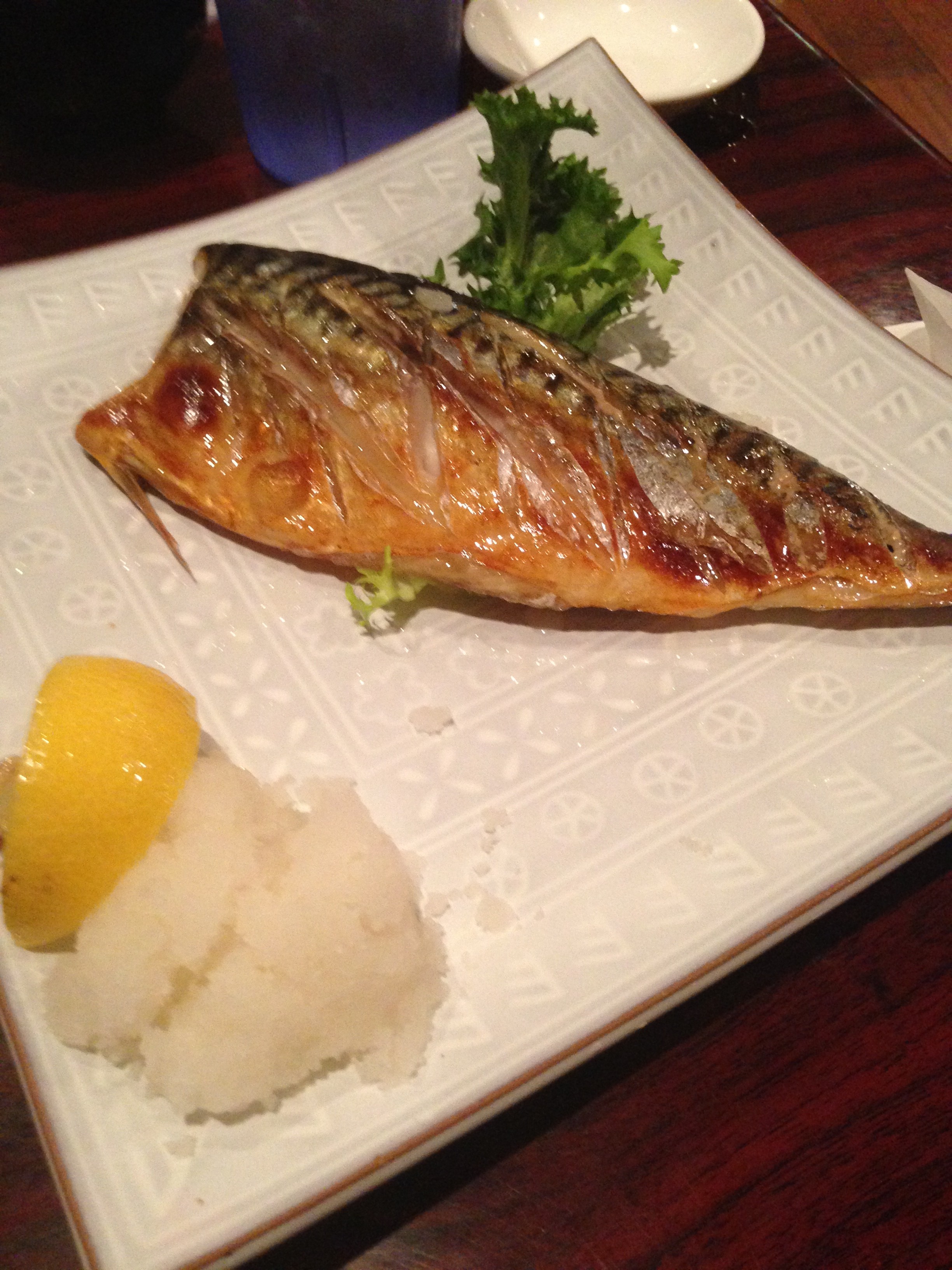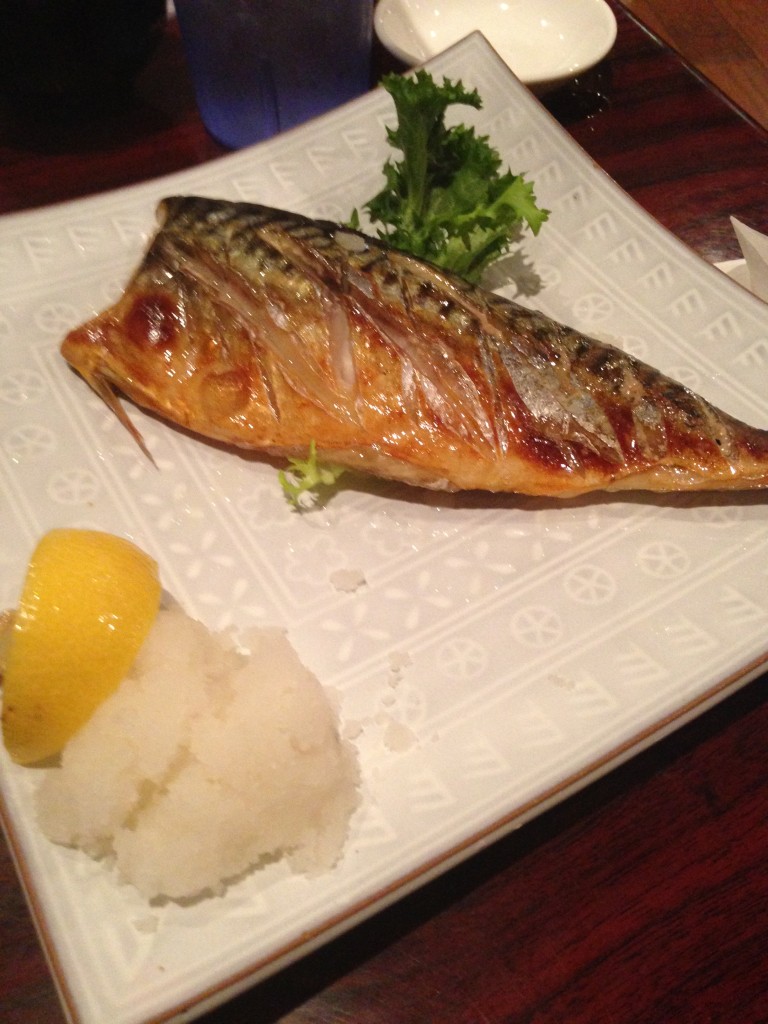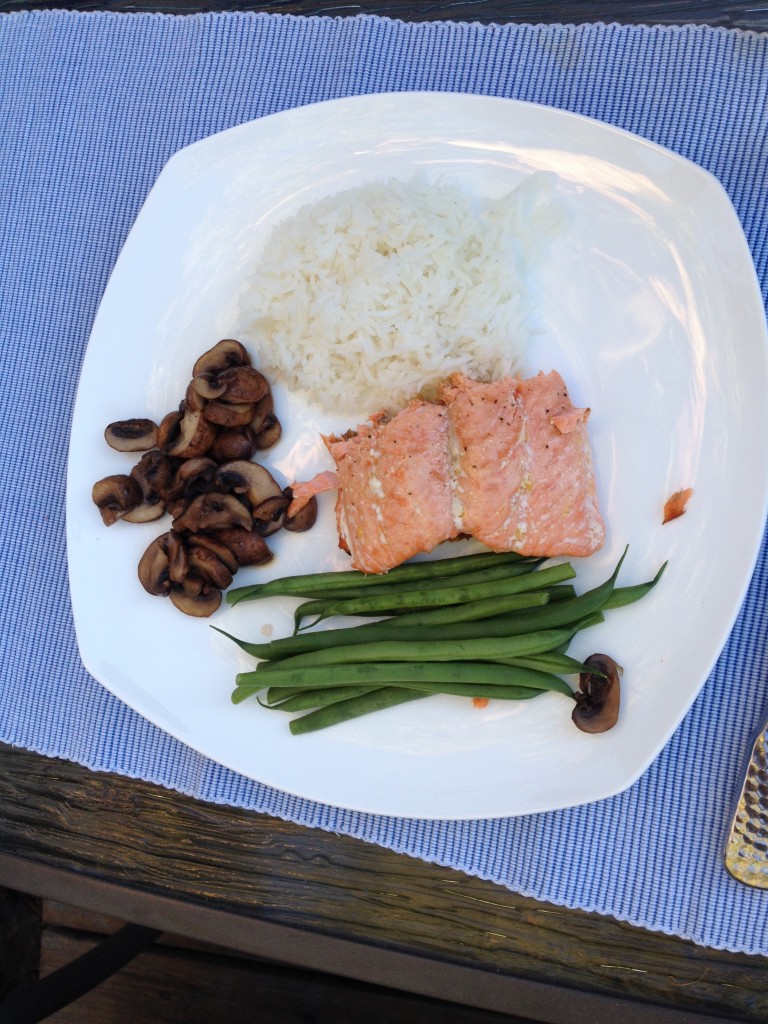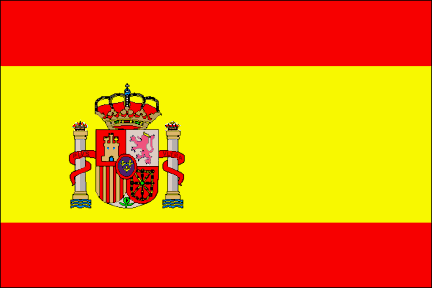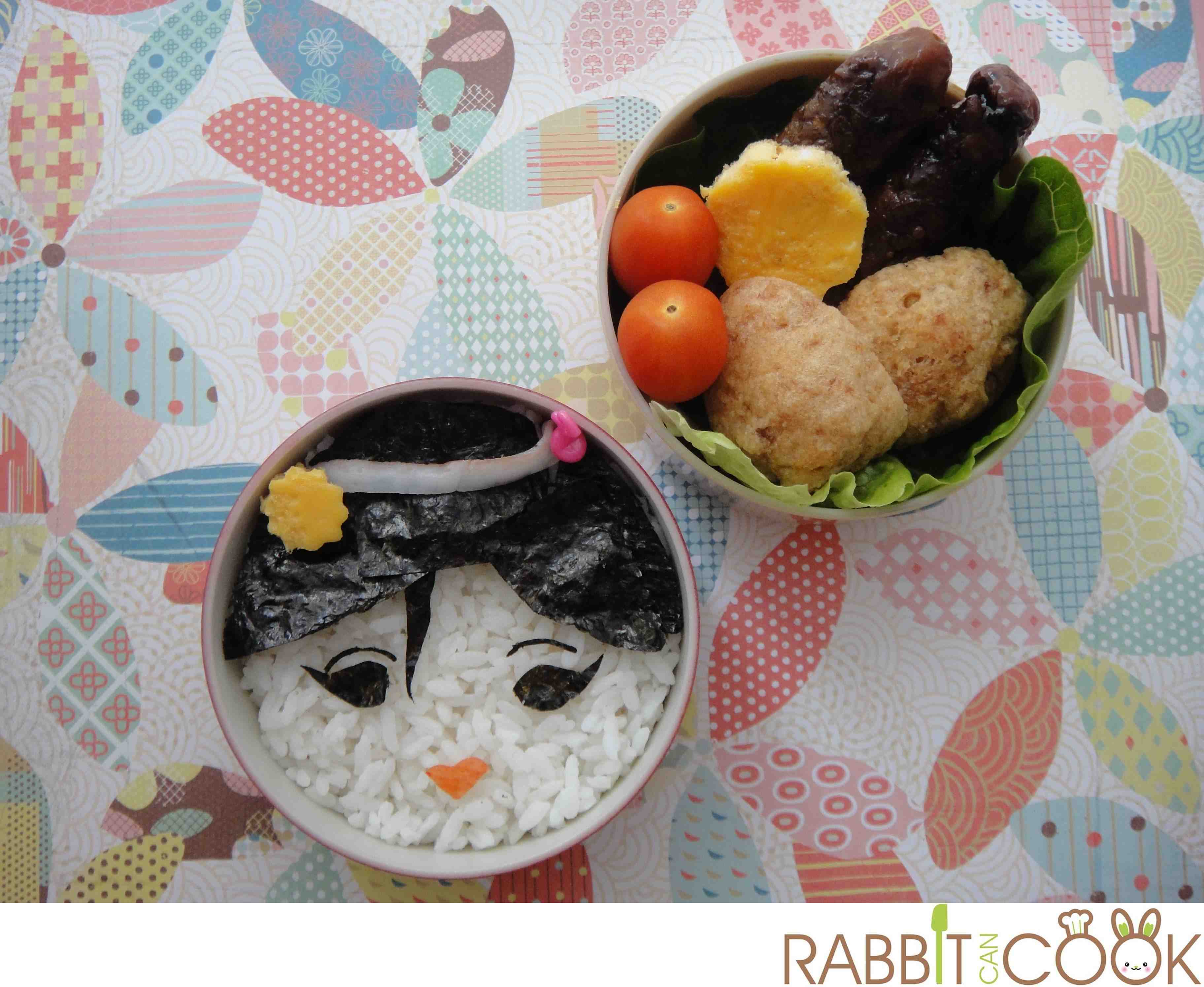(Yes, but be careful.)
That sounds weird. Should I eat fish skin? Fortunately, it’s a relatively simple question to answer. You just need to ask yourself a few questions when that fish skin is sitting in front of you. Unfortunately, answering those questions can be quite a challenge. (I got your hopes up, didn’t I?)
(The skin is naturally good for you if it isn’t contaminated.)
All of my friends know that I love Asian cultures, but when I went to school in South Korea I was exposed to tons of cultural quirks that I never learned about before. One time I was eating dinner in Seoul with some of my students (seems wrong, right?) and they teased me when I left the skin from my mackerel on my plate. They told me that all of the old women would always fight over the skin because it was the best part of the fish. I thought of the protein content of the meat, but they didn’t care about that.
(It is an amazing source of omega fatty acids so don’t waste it!)
It was amazing to get the feeling that the mackerel skin (or any other fish rich in omegas) was as valuable as gold or jewels. After thinking it over and not being one to waste food, I decided that I would always eat my fish skin and everyone else’s fish skin for that matter! Be cautious because even though the skin of just about any fish (especially those served in restaurants and available at fish markets) have amazing health benefits in an ideal world, the contaminants and pollutants in a lot of the heavily fished oceans/fish farms in the world, can present unwelcome health risks. In many cases, the risk outweighs the reward.
(The contaminants and pollutants don’t always make it to your mouth but know they were often there!)
You can avoid this by buying fish responsibly. Due to Alana’s eating habits, we always ask our food servers if they know the source of their fish. This usually isn’t a problem at fish markets,where they tell you if the fish is farmed or wild caught, and where its point of origin is. Once you find a respectable fish market and do the proper research, you don’t have to do it again… just get what you know!
I hope this didn’t confuse you too much and led you in the right direction. It’s not like chicken where there are almost no health benefits unless you’re looking for more fat and calories. So the final answer is yes–eat the skin–but be careful and do your research! As always, stay hungry and fit!
BONUS PUPPY PIC

